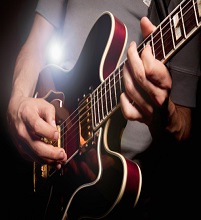OUR COURSES
VOCAL
Vocal music can describe any music produced by the human voice, but is generally differentiated from choral music, which is sung by large groups. Because its instrument is the body itself, it is the most primal music produced by humans and is common to all cultures. It is most frequently expressed as song, words sung to a melody. At least since the Middle Ages, songs have commonly been accompanied by a string instrument, often played by the singer, a tradition that continues to the present.

VEENA
The Veena is an instrument which is shown being played by Goddess Saraswati. That is how the traditional Indian Instrument derives the name "Saraswati Veena". Popular variations of the Veena in India are Rudra Veena, Mahanataka Veena, Vichitra Veena and Gottuvadhyam Veena. The Veena has been a very popular instrument with most singers and there are many famous Veena players who have played some great compositions. The Veena is a traditional stringed Indian musical Instrument having number of variants. It is considered the instrument played by the goddess Saraswati. The Veena has a double base and is rested on the ground while it is played. It produces sound similar in character to the sitar but is favored by many because of its ease of playing style and its impressive designing.
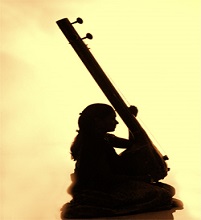
VIOLIN
The violin is a stringed musical instrument comprising four strings tuned a fifth apart. It is the smallest and highest-tuned member of the violin family of string instruments, which also includes the viola, cello and double bass. The lowest string (and hence the lowest note) is the G just below middle C, then in ascending order D, A and E. Sheet music for a violin almost always uses the G clef (treble clef).
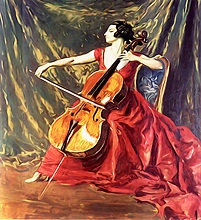
MRIDANGAM
Mridangam, also spelled mrdangam, mridanga, or mrdanga, two-headed drum played in Karnatak music of southern India. It is made of wood in an angular barrel shape, having an outline like an elongated hexagon. Thong hoops around each end of the drum, leather thong lacing, and small wooden dowels slipped under the lacings control the skin tension.A removable patch of tuning paste is affixed to each end, giving the drum a definite pitch. The left head is usually tuned an octave lower than the right. The drum is held across the lap and played on both ends with the hands and fingers. A similar instrument, the pakhavaj, is played in the Hindustani tradition of northern India, as well as in Pakistan and Bangladesh.
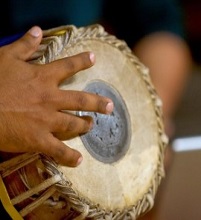
KUCHIPUDI DANCE
Kuchipudi derives its name from the village of Kuchelapuram, in Andhra Pradesh, India. As a classical form of dance, drama and music Kuchipudi enjoys a unique place among the Indian classical idioms. Kuchipudi grew largely as a product of the Bhakti movement beginning in the seventh century A.D. However, it was in the 14th century that the ascetic Siddhendra Yogi appeared on the scene and gave Kuchipudi a new definition and direction.
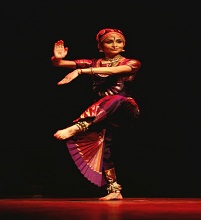
FLUTE
The flute is a family of musical instruments in the woodwind group. Unlike woodwind instruments with reeds, a flute is an aerophone or reedless wind instrument that produces its sound from the flow of air across an opening.
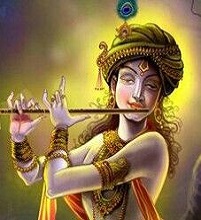
KEYBOARD
Keyboard instrument, any musical instrument on which different notes can be sounded by pressing a series of keys, push buttons, or parallel levers. In nearly all cases in Western music the keys correspond to consecutive notes in the chromatic scale, and they run from the bass at the left to the treble at the right.
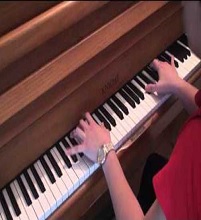
GUITAR
A member of the family of musical instruments called chordophones, the guitar is a stringed instrument with which sound is produced by "plucking" a series of strings running along the instrument's body. While the strings are plucked with one hand, they are simultaneously fingered with the other hand against frets, which are metal strips located on the instrument's neck. The subsequent sound is amplified through a resonating body. There are four general categories of acoustic (non-electric) guitars: flat-top steel-stringed, arched top, classic, and flamenco.
